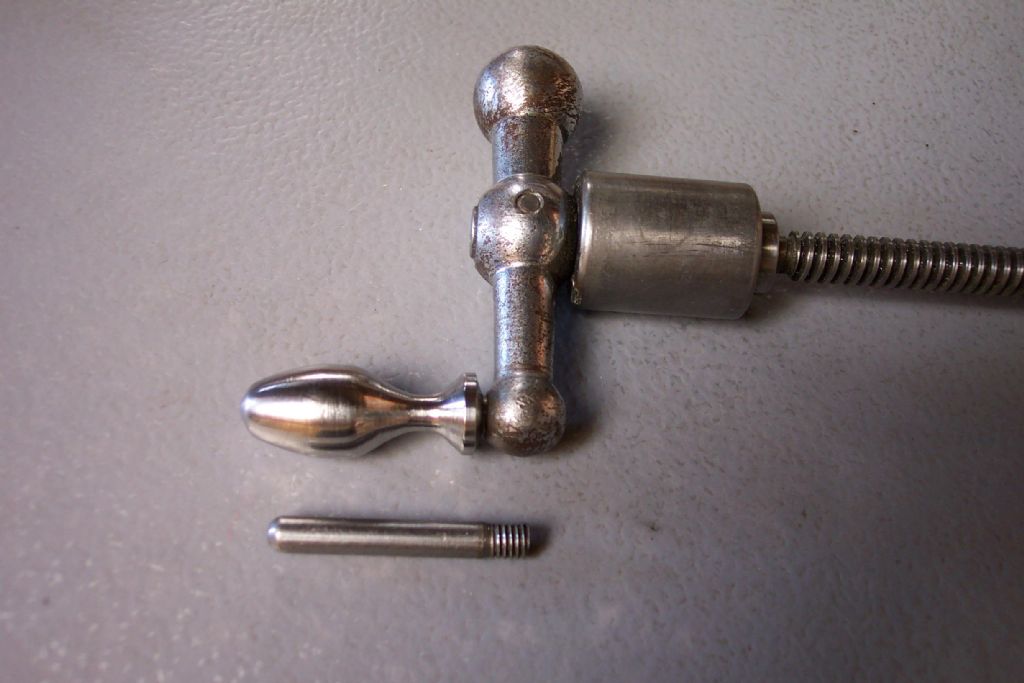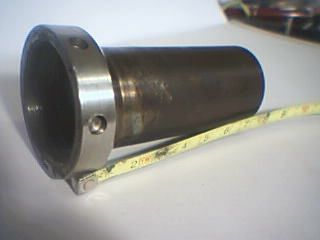Here are some actual results, and measurements, for turning 303 stainless. Unusually for insert tooling a shallow depth of cut still gave an excellent finish.
Material: Stainless steel 1.25" diameter, grade 303 free machining:
Trial 1: 180rpm (59fpm), no coolant
Trial 2: 180rpm (59fpm), coolant
Trial 3: 800rpm (262fpm), coolant
Trial 4: 800rpm (262fpm), no coolant
General Appearance:
Trial 1: Surface is rough and torn, picks up fibres when wiped with a paper towel
Trial 2: Smooth finish and uniform
Trial 3: Smooth finish and uniform
Trial 4: Smooth finish, but slightly less uniform that 3
Under a magnifying glass:
Trial 1: Surface is dull, torn and uneven
Trial 2: Surface is smooth, little or no tearing
Trial 3: Surface is smooth, no tearing
Trial 4: Surface is smooth, no tearing, but slightly uneven axially
Swarf:
Trial 1: Long tight coils, several feet long
Trial 2: Short coils, about 1"
Trial 3: Short pieces, not coiled
Trial 4: Short pieces, not coiled, light yellow colour
Surface roughness (Ra µm):
Trial 1: 5.07 3.52 3.84 Average=4.14
Trial 2: 1.83 1.80 1.72 Average=1.78
Trial 3: 1.97 1.86 2.12 Average=1.98
Trial 4: 2.06 2.06 2.30 Average=2.14
Small depth of cut test 2 thou off diameter, 800rpm, 4 thou per rev, with coolant:
Difference before and after, 2.1 thou, excellent finish, as good as the best of four trials above.
Conclusion: Best is slow speed with coolant, although high speed with coolant isn't far behind. It is possible to take fine cuts and still retain a good finish.
Andrew
Ajohnw.








